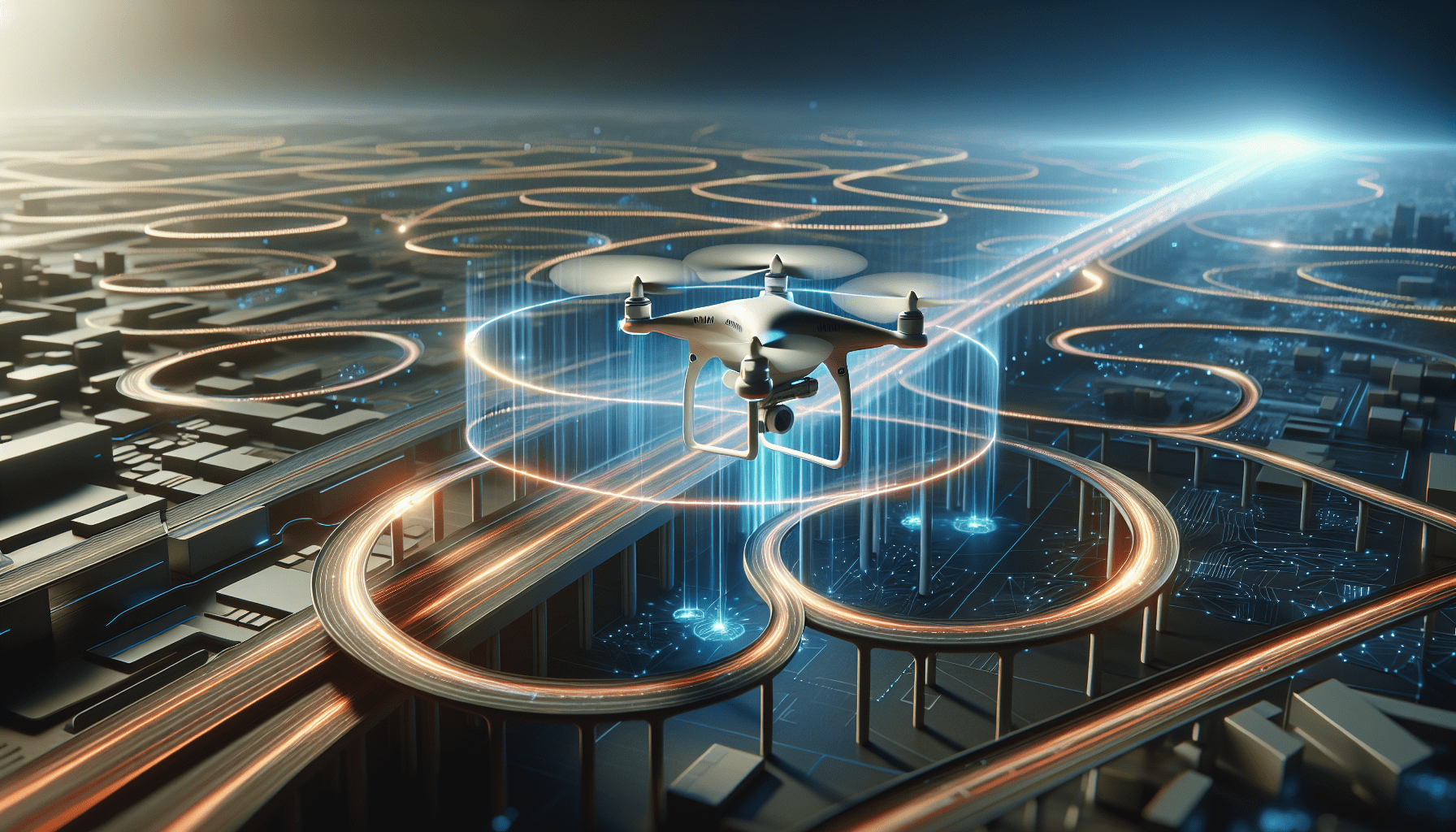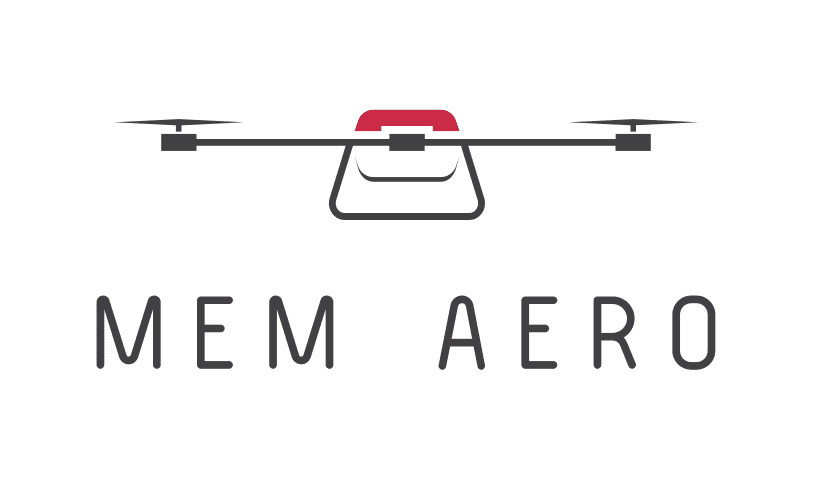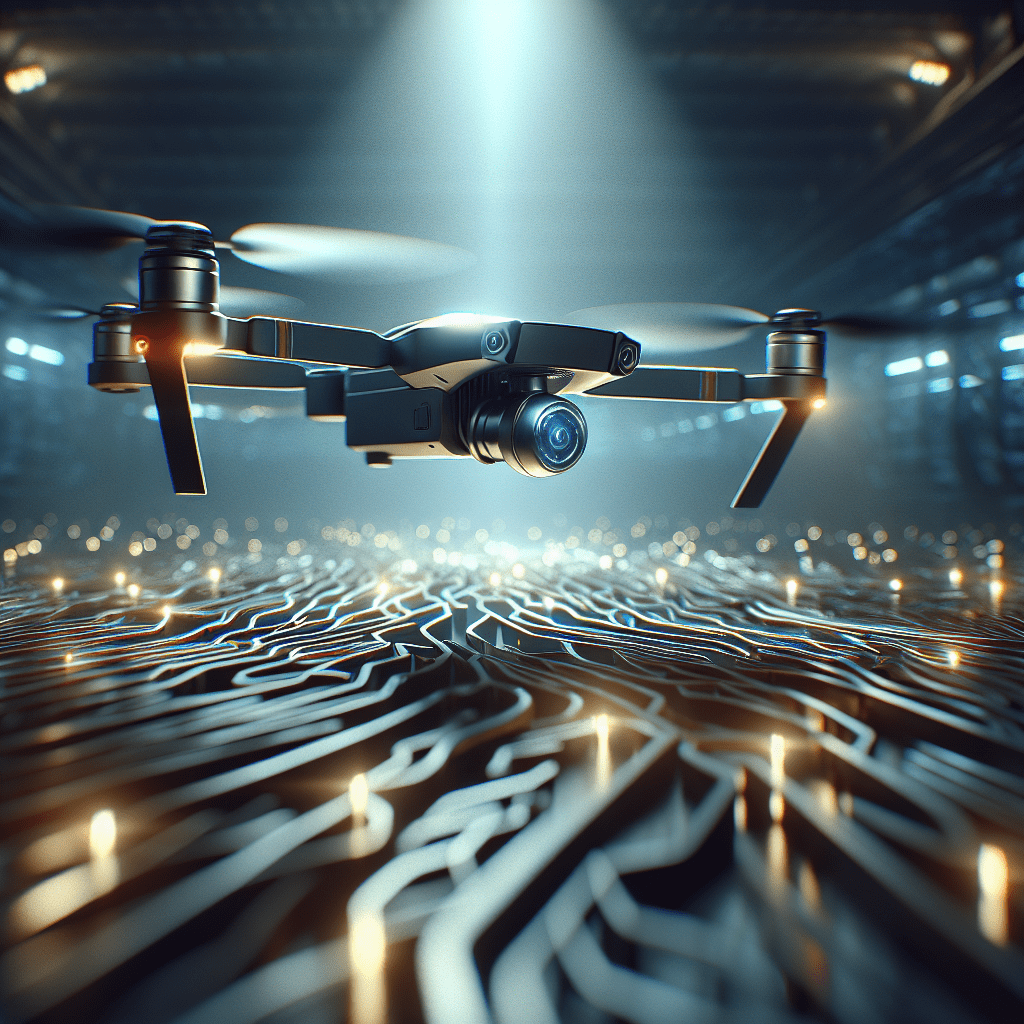The Importance of Dynamic Obstacle Avoidance in Drone Navigation
Dynamic obstacle avoidance is paramount for the safe operation of drones, particularly when flying in environments filled with unpredictable barriers. For instance, whether it is flying through urban landscapes adorned with buildings and power lines or navigating forests dense with trees, drones must be equipped with sophisticated navigation systems to respond to real-time changes in their surroundings. As drone usage surges, the demand for reliable navigation that includes effective dynamic obstacle avoidance technologies becomes essential. These systems not only protect the drone but also preserve human life and property by preventing potential collisions.

Defining Dynamic Obstacle Avoidance
Dynamic obstacle avoidance refers to the ability of a drone to detect and evade moving obstacles in its flight path. This capability relies on advanced algorithms that interpret sensor data, enabling drones to assess their environment and make real-time decisions. A fully autonomous drone equipped with dynamic obstacle avoidance systems can adjust its trajectory on-the-fly, thus ensuring uninterrupted operations in complex surroundings. By leveraging sophisticated technologies such as LiDAR, radar, and computer vision, these drones can map their environment accurately and execute safe navigation strategies without human intervention.
Technological Advancements Fuelling Dynamic Obstacle Avoidance
Recent developments in artificial intelligence and machine learning are enhancing the capabilities of dynamic obstacle avoidance systems. These technologies enable drones to learn from past experiences and improve their interactive responses with obstacles. For example, employing deep learning techniques allows drones to better identify and categorise obstacles based on visual inputs, thus speeding up their navigation processes. As more data is collected, drones can refine their patterns of movement, becoming increasingly proficient at obstacle avoidance. Such improvements are invaluable, particularly in situations where human operators may not have a full view of the environment.
How Dynamic Obstacle Avoidance Works
The mechanics behind dynamic obstacle avoidance can vary widely depending on the technology used. However, at a fundamental level, these systems rely on a combination of sensors, models, and algorithms to evaluate and respond to their surroundings. Most drones utilize a range of sensors—including cameras, ultrasonic sensors, and infrared sensors—to gather data about obstacles. This data is then processed in real-time using advanced algorithms that can predict the movement of obstacles and formulate an avoidance strategy.
“Dynamic obstacle avoidance technologies are paving the way for safer and more efficient aerial operations.”
Sensor Fusion Techniques in Dynamic Obstacle Avoidance
Sensor fusion plays a crucial role in enhancing the efficacy of dynamic obstacle avoidance systems. By integrating data from multiple sensor types, drones can create a more comprehensive understanding of their operational environment. For example, combining inputs from LiDAR with those from visual cameras allows a drone to make real-time decisions based on richer contextual information. Such an approach not only increases the accuracy of obstacle detection but also enhances the drone’s ability to differentiate between static and dynamic obstacles, improving its adaptability in various flying situations.
Real-Time Processing and Decision-Making
The processing capabilities of drones have significantly improved in recent years, allowing for complex decision-making processes to occur in real-time. The integration of powerful on-board processors enables drones to analyse vast amounts of sensor data almost instantaneously. This rapid processing allows drones to react promptly to moving obstacles and make necessary course adjustments, ensuring smoothened navigation. Without this real-time capability, a drone could find itself in perilous situations, potentially leading to collisions and accidents.
Applications of Dynamic Obstacle Avoidance
Dynamic obstacle avoidance technologies are indispensable across various sectors. In the delivery industry, for instance, drones equipped with these advanced navigation systems can autonomously deliver packages in densely populated urban areas while detecting and avoiding pedestrians, vehicles, and other obstacles. This capability ensures that deliveries are made without incident, thus building trust in drone logistics services.
Mapping and Surveying
In the field of mapping and surveying, dynamic obstacle avoidance is critical when drones are tasked with capturing spatial data in environments cluttered with buildings or natural landscapes. Here, the ability to navigate around moving obstacles, such as construction vehicles, is essential for obtaining accurate geographic information. Drones can conduct aerial surveys more efficiently, reducing the time spent redoing flights due to collisions or path interferences.
Agricultural Applications
Agriculture is another area where dynamic obstacle avoidance systems are of great value. Drones are increasingly used to monitor crop health and conduct aerial sprays of pesticides. In these cases, being able to navigate past trees, other drones, and various farming equipment without causing damage is essential for operational efficiency. This enhances overall yield, safeguarding both the assets involved and the crops being treated.
The Future of Drone Navigation
As we move deeper into the age of automation, the future of drone navigation increasingly points towards more intelligent systems. The continuous improvement of dynamic obstacle avoidance will play a foundational role in this evolution. Emerging technologies, such as computer vision coupled with artificial intelligence, will allow drones to predict not just the movement of obstacles but also their behaviour and patterns. Thus, shaping a safer flying environment for both drones and humans.
Potential Case Studies and Hypothetical Scenarios
Consider a hypothetical case study involving search and rescue missions. Drones equipped with dynamic obstacle avoidance systems could autonomously navigate disaster zones, avoiding hazards such as unstable buildings or falling debris while locating survivors. Their ability to fly safely in such complex environments could significantly enhance the efficiency of rescue operations, saving lives. Field tests demonstrate that drones exhibiting advanced dynamic obstacle avoidance capabilities have already made considerable differences in real-world rescue missions.
Governance and Regulations
With the proliferation of drone technologies and the importance of dynamic obstacle avoidance, regulatory bodies are expected to implement comprehensive guidelines to ensure drone safety. These regulations will focus on the integration of obstacle avoidance technologies, mandating that all commercial drones possess state-of-the-art navigational systems to prevent accidents. This shift will ultimately elevate the standards of drone operation globally, making aerial navigation safer for everyone involved.
Conclusion
In summary, dynamic obstacle avoidance is a game-changer in the realm of drone navigation. Enhancing the safety and efficiency of drone flights, this technology stands at the forefront of innovation in the sector. The applications span an array of industries, and the advancements continue to grow as we integrate new technologies into drone systems. As the dynamics of airspace evolve, embracing robust dynamic obstacle avoidance systems will be critical for the future of drone operations. Whether you are involved in logistics, agriculture, or emergency services, understanding and utilising these technologies will be essential for achieving success in your aerial ventures. Learn more about our cutting-edge drone technologies and how they can enhance your aerial experiences.
Frequently Asked Questions
How does dynamic obstacle avoidance enhance drone navigation?
- Dynamic obstacle avoidance enhances drone navigation by using sensors and algorithms to detect and navigate around obstacles in real time, ensuring safer and more efficient flight paths.

